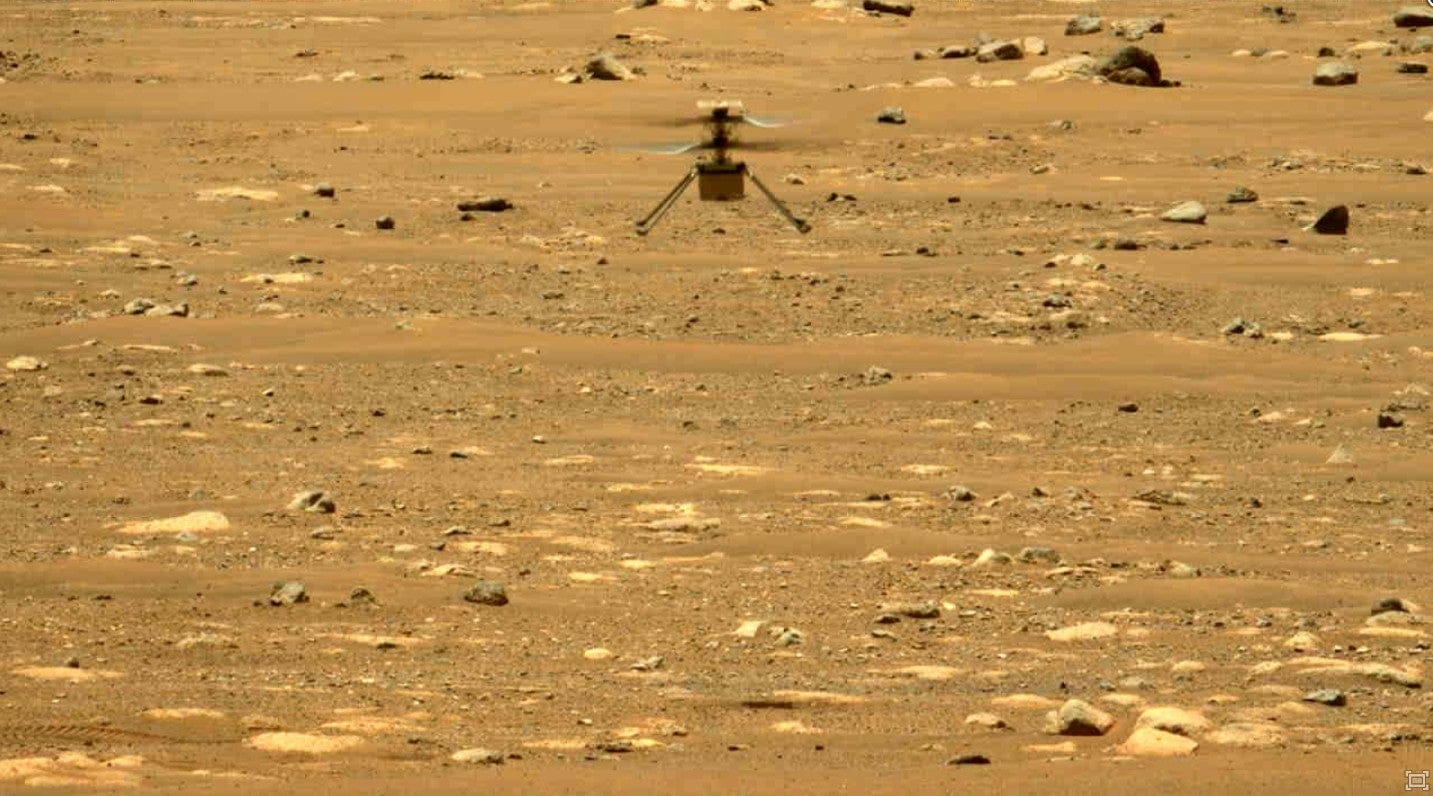NASA’s innovative Mars helicopter will continue to fly at least through September.
The small helicopter made a trip to Mars aboard the Perseverance Rover in the summer of 2020 and landed on the crater of the planet Jezero in February of the following year.
A few months later, the Ingenuity made history as the first-ever aircraft to complete a powered and controlled flight to another planet on April 19 last year.
America is changing faster than ever! Add Change America to File Facebook or Twitter Feed to stay on top of the news.
Since then, Ingenuity has made 21 successful flights to the red planet with NASA announcing that the flights will continue until next fall, shortly after its last.
The successful 21st flight for Ingenuity is the first of three flights the helicopter will need to reach its next launch station in the Northwest region of the planet. “Intermediate” area according to NASA.
In the coming months, the compact aircraft will assist the persevering rover in the upcoming exploration of the Jezero River Delta. Once Ingenuity meets persistence, NASA said, its first task will be to figure out which of the two dry river channels the craft must take on its journey to the top of the delta.
Along the way, Ingenuity will also continue to test its own capabilities to “support the design” of future Mars aircraft, according to a permit from NASA.
“For less than a year we didn’t even know if it was possible to fly a powered and controlled aircraft to Mars,” said Thomas Zurbuchen, associate administrator for NASA’s Science Mission Directorate. in the current situation.
“Now, we look forward to Ingenuity’s participation in the second science expedition to persevere. Such a shift in mindset in such a short period is simply amazing, and one of the most historic in the annals of air and space exploration.”
Read more stories about changing America
NASA Says Huge, ‘Potentially Dangerous’ Steroid Will Break Into Earth’s Orbit Next Week
Scientists expect that the Earth will develop rings like Saturn
New images of Mars provide clues to the search for ancient life






